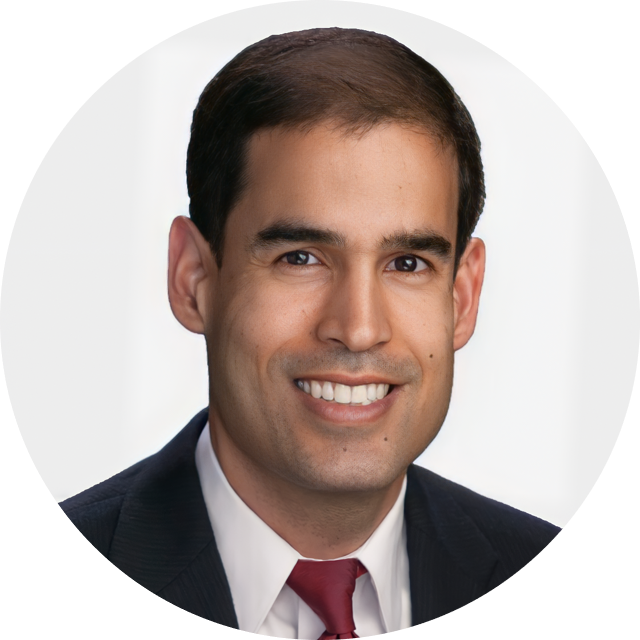Global Polyolefins: Historic Oversupply – How Will the Industry React?

The record-setting wave of new polyolefin production capacity is currently dampening global markets from both an operating rate and integrated margin perspective. While the market impact of this new capacity was delayed versus previous expectations, it has been anticipated for some time. It was expected that this massive wave of new production capacity would overwhelm demand and drive operating rates and margins to very low levels as polyolefin producers around the world fought to secure limited demand. Much of this new capacity is located in North America and mainland China. We initially expected this wave of new capacity to begin affecting global markets as early as 2020. We further expected the industry would require at least 2-3 years to absorb the excess capacity and return to relatively balanced conditions.
Looking back; the anticipated excess failed to develop during the timeframe initially expected. Not only did PE producers in most regions other than Asia avoid significant margin erosion, but polyolefin producers in North America, Europe, and the Middle East also reaped record margins as various unexpected events combined to tighten rather than lengthen global markets. Effective operating rates increased to more than 90% on a global basis in 2021 and into 2022, even while nameplate operating rates appeared quite low.
The margin supporting factors included:
- Prolonged unplanned production outages associated with hurricanes, fires, and freezes.
- Delayed startups associated with new capacity.
- A COVID-related demand surge for polyolefin-based products associated with packaging and multiple health related segments ranging from cleaning supplies to masks and gowns.
- Supply chain issues developed and constrained trade flows, elevated freight costs, and insulated North America and Europe from the imported finished goods that typically capped prices for similar domestically produced goods.

The unexpected period of record prosperity has now passed, and much of the new capacity is starting up, with much more to come. While the impact of this excess capacity was delayed, operating rates and margins have recently been plummeting in response to lengthening global market conditions. The capacity overbuild is compounded by a weakened global economy as consumers modify spending habits in the face of inflation, recession, and rising interest rates.
Our analysis suggests global operating rates in 2023 will be approximately 80.6% for polyethylene and 77.7% for polypropylene. Should the referenced forecast materialize as expected, both PE and PP will record the lowest global operating rates in decades. In addition, we anticipate little near-term recovery in these rates based on our outlook for rising production capacity and modest demand growth during the next few years. We do not expect to see nameplate operating rates for PE or PP return to levels that would typically support healthy integrated margins for producers in most regions for several years. For perspective, our analysis indicates that in order to achieve 87% operating rates, PE producers would have to cut approximately 14 MM or about tons or about 8% of production capacity from global totals by 2027, and PP producers would have to cut 12.4 MM tons or about 10% of global capacity to reach that goal.
Our updated supply /demand balances suggest that while much of the excess global PE production capacity should be absorbed by 2026, a major new wave of capacity additions will begin ramping up in 2027. This next wave of capacity will be concentrated in the Middle East and will likely suppress a recovery of global operating rates and margins as oversupply conditions are expected to persist and extend excess capacity conditions through 2030 and beyond.
Production capacity is currently being added at a level that would have overwhelmed historical growth rates, and we simply don’t expect near-term global polyolefin growth rates to return to pre-COVID levels at any point in the next ten years. The last time the polyolefins industry faced a period of prolonged oversupply was during the great recession of 2008 – 2009. Our analysis indicates industry operating rates hovered in the 83% range from 2008 to 2013 for polyethylene and only about 84% for polypropylene during that period. During the referenced period, polyolefin producers shut down capacity, delayed new starts, and ran plants at technical minimum rates. We expect to see a similar response develop during this period of oversupply based on the currently projected supply/demand conditions.
For many years, mainland China has been the engine that has driven global polyolefin demand growth. A stepchange decline in Mainland China’s historical polyolefin demand growth rate is a primary contributor to the projected oversupply conditions. For example: in the years between 2015 and 2020 mainland China’s
polyolefin demand grew at an average of approximately 10 percent per year. The referenced robust growth rate is significant because mainland China represents the world’s largest market for polyolefins.
In 2020, mainland China’s PE demand grew by almost 17 percent and propelled global PE demand growth to almost 6.0% while PP demand in mainland China grew by 15.5 percent and helped drive 5.3 percent growth in global PP demand. Mainland China polyolefin demand growth has stalled since 2020 as PE demand increased by only 2.5% in 2021 and 1.4% last year while PP demand in mainland China increased by about 2.0% in 2021 and 2022. While we expect polyolefin demand to recover somewhat this year, the projected growth rate for both PE and PP is less than half of the rates achieved in the years referenced prior to 2020.
Outside mainland China, the demand patterns we are seeing on a global scale in 2023 are mostly disappointing. PE demand in the US and Canadian markets is now expected close this year down 4% year on year, as opposed to the 0.7% growth we expected at the beginning of the year. On the PP markets, the current projection is for a demand contraction of 3.8% versus the January forecast at 0.8% growth. Polyolefins demand is also weaker than expected in most countries in Latin America. In Europe, PE and PP demand is bound to remain flat compared to 2022.
Mainland China is also the world’s largest importer of polyethylene, and we expect the level of these imports to moderate as mainland China becomes increasingly self-sufficient relative to PE production. PE imports to mainland China totaled about 18 mmt in 2020 and we don’t expect to see PE imports return to that level or more until at least 2026. The decline in mainland China’s growth rate combined with the anticipated decline in imports of PE will have a ripple effect across global markets as net exporting regions such as the Middle East and North America can expect enhanced competition for available demand from exporting regions as well as from mainland China’s new production capacity.
So, given the expectations that global polyolefins demand will remain below historical levels and a vast wave of new state-of-the-art production capacity will overwhelm projected demand, the key questions are how long will this capacity-driven downturn last, how low will margins fall, how much capacity will be cut, and who will cut excess production? These questions and more will be further explored at the World Chemical Forum in Houston, Texas from September 12 – 14th at the Marriot Marquis Hotel. We hope to see you there.
Author

Nick Vafiadis
Vice President, Global Polyolefins
Chemical Market Analytics by OPIS, A Dow Jones Company

Joel Morales
Vice President, Polyolefins – Americas
Chemical Market Analytics by OPIS, A Dow Jones Company

Fabrizio Galie
Associate Director, Polypropylene, EMEA
Chemical Market Analytics by OPIS, A Dow Jones Company
Learn how we can help you prepare and navigate market disruptions

Embracing the Infinite Possibilities
Chemical Market Analytics by OPIS, a Dow Jones company, with participation from The Wall Street Journal, Barron’s, and Factiva, presents the 2023 World Chemical Forum, a new event that redefines comprehensive exploration of the future of chemicals and energy, their inter-relationships, and how both markets will address global challenges this century.
Energy and chemical markets are evolving in profound ways and ushering in a fourth historical industrial and social revolution with Infinite Possibilities. Leading global experts and industry executives from all market sectors will convene to hear expert forecasts for key chemical and energy markets and discuss pivotal initiatives including chemical sustainability, the evolving logistics landscape, risk management strategies, and the future impact of Asia on the world.
The comprehensive agenda includes one day dedicated to a global view of the current and future chemical market and two days of guidance on the specific trends shaping the market.
Don’t miss any of it: register now and ensure your attendance at this exciting inaugural event!

